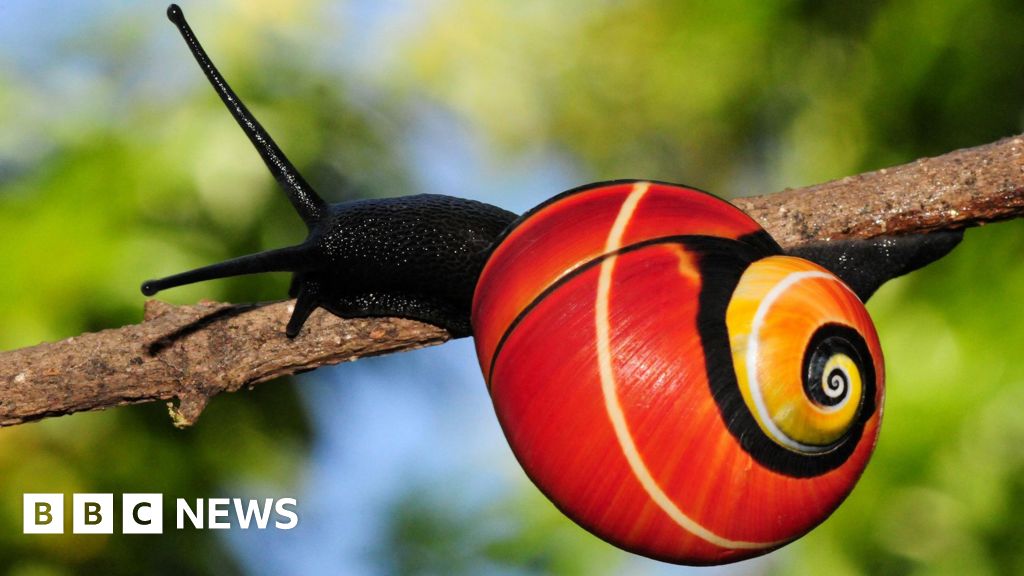Science correspondent, BBC News
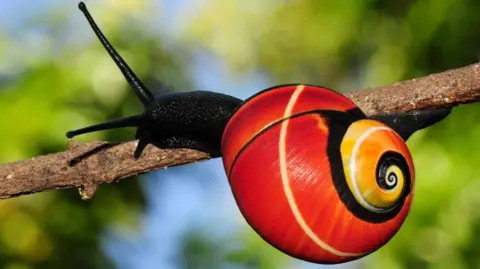 Bernardo Reyes-Tur
Bernardo Reyes-TurResearchers have embarked on a mission to save what some consider to be the world’s most beautiful snails, and also unlock their biological secrets.
Endangered Polymita tree snails, which are disappearing from their native forest habitats in Eastern Cuba, have vibrant, colourful and extravagantly patterned shells.
Unfortunately, those shells are desirable for collectors, and conservation experts say the shell trade is pushing the snails towards extinction.
Biologists in Cuba, and specialists at the University of Nottingham in the UK, have now teamed up with the goal of saving the six known species of Polymita.
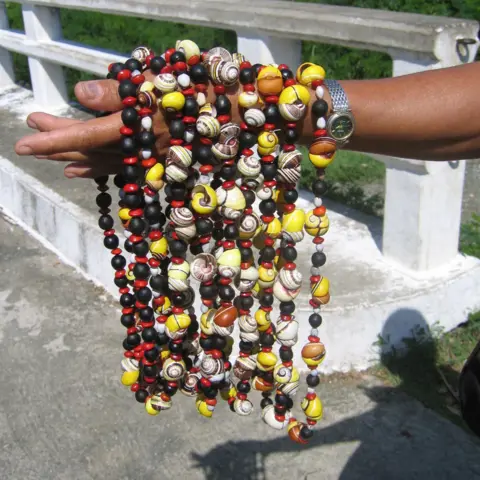 Angus Davison
Angus DavisonThe most endangered of those is Polymita sulphurosa, which is lime green with blue flame patterns around its coils and bright orange and yellow bands across its shell.
But all the Polymita species are strikingly bright and colourful, which is an evolutionary mystery in itself.
“One of the reasons I’m interested in these snails is because they’re so beautiful,” explained evolutionary geneticist and mollusc expert Prof Angus Davison from the University of Nottingham.
The irony, he said, is that this is the reason the snails are so threatened.
“Their beauty attracts people who collect and trade shells. So the very thing that makes them different and interesting to me as a scientist is, unfortunately, what’s endangering them as well.”
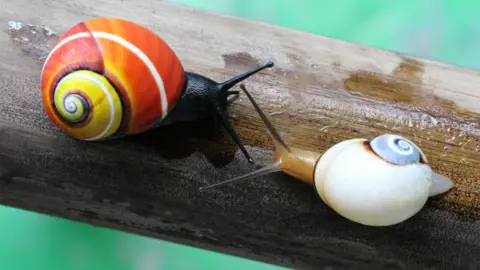 Bernardo Reyes-Tur
Bernardo Reyes-TurSearching online with Prof Davison, we found several platforms where sellers, based in the UK, were offering Polymita shells for sale. On one site a collection of seven shells was being advertised for £160.
“For some of these species, we know they’re really quite endangered. So it wouldn’t take much [if] someone collects them in Cuba and trades them, to cause some species to go extinct.”
Shells are bought and sold as decorative objects, but every empty shell was once a living animal.
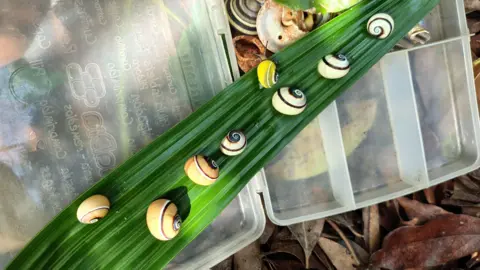 Bernardo Reyes-Tur
Bernardo Reyes-TurWhile there are international rules to protect Polymita snails, they are difficult to enforce. It is illegal – under the Convention on International Trade in Endangered Species – to take the snails or their shells out of Cuba without a permit. But it is legal to sell the shells elsewhere.
Prof Davison says that, with pressures like climate change and forest loss affecting their natural habitat in Cuba, “you can easily imagine where people collecting shells would tip a population over into local extinction”.
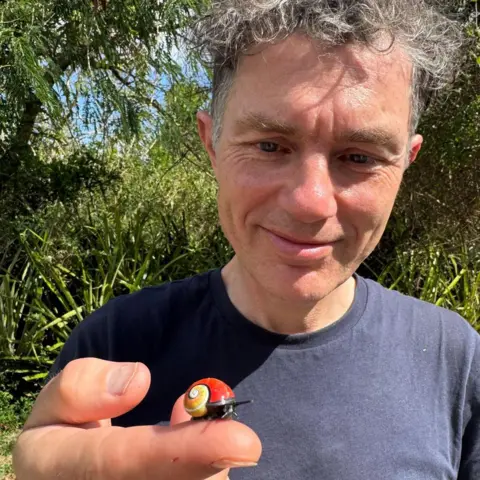 Angus Davison
Angus DavisonTo try to prevent this, Prof Davison is working closely with Prof Bernardo Reyes-Tur at the Universidad de Oriente, Santiago de Cuba, who is a conservation biologist.
The aim of this international project is to better understand how the snails evolved and to provide information that will help conservation.
Prof Reyes-Tur’s part of the endeavour is perhaps the most challenging: Working with unreliable power supplies and in a hot climate, he has brought Polymita snails into his own home for captive breeding.
“They have not bred yet, but they’re doing well,” he told us on a video call.
“It’s challenging though – we have blackouts all the time.”
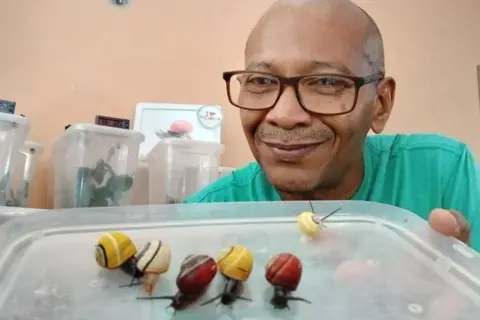 Bernardo Reyes-Tur
Bernardo Reyes-TurMeanwhile, at the well-equipped labs at the University of Nottingham, genetic research is being carried out.
Here, Prof Davison and his team can keep tiny samples of snail tissue in cryogenic freezers to preserve them. They are able to use that material to read the animals’ genome – the biological set of coded instructions that makes each snail what it is.
The team aims to use this information to confirm how many species there are, how they are related to each other and what part of their genetic code gives them their extraordinary, unique colour patterns.
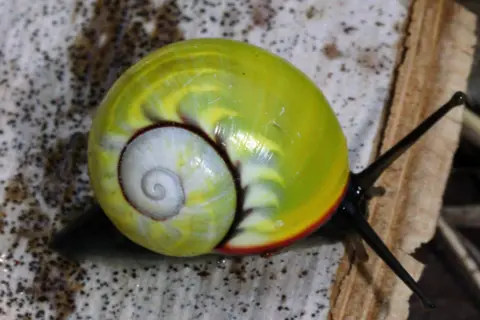 Angus Davison
Angus DavisonThe hope is that they can reveal those biological secrets before these colourful creatures are bought and sold into extinction.
“Eastern Cuba is the the only place in the world where these snails are found,” Prof Davison told BBC News.
“That’s where the expertise is – where the people who know these snails, love them and understand them, live and work.
“We hope we can use the genetic information that we can bring to contribute to their conservation.”
